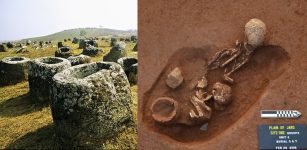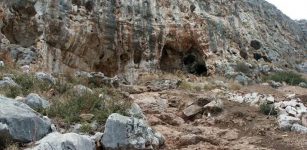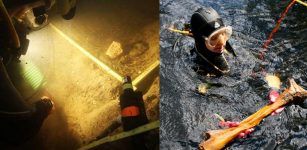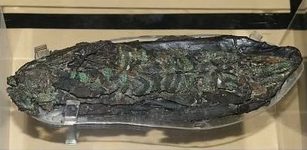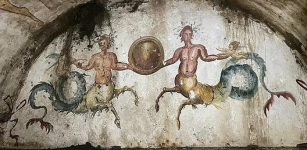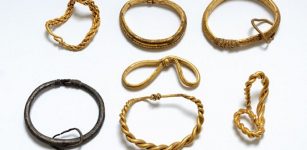Large Winery And Roman Bathhouse Unearthed In Jerusalem’s Schneller Compound
MessageToEagle.com – A large and impressive winery dating to the Roman or Byzantine period, some 1,600 years ago has been discovered at the site which served the residents of a large manor house who engaged in wine production.
The site was once Schneller Orphanage that operated in Jerusalem from 1860 until the Second World War.
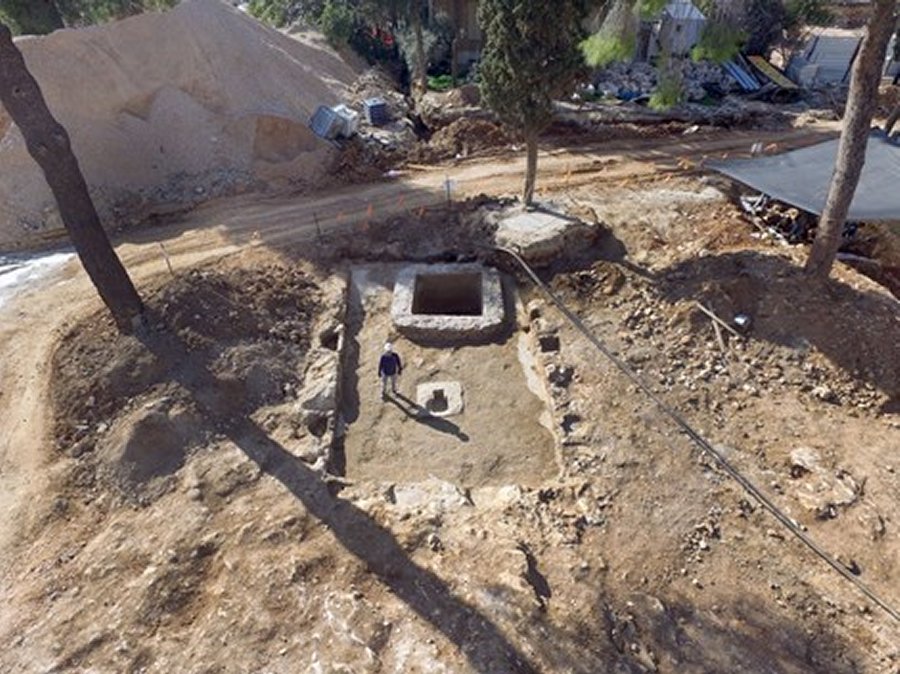
The finds include a winery with a pressing surface paved with a white mosaic. In the center of it is a pit, in which a press screw was anchored that aided in extracting the maximum amount of must from the grapes. Eight cells were installed around the pressing surface. These were used for storing the grapes, and possibly also for blending the must with other ingredients thereby producing different flavors of wine.
The archaeologists believe that this winery served the residents of a large manor house whose inhabitants made their living by, among other things, viticulture and wine production.
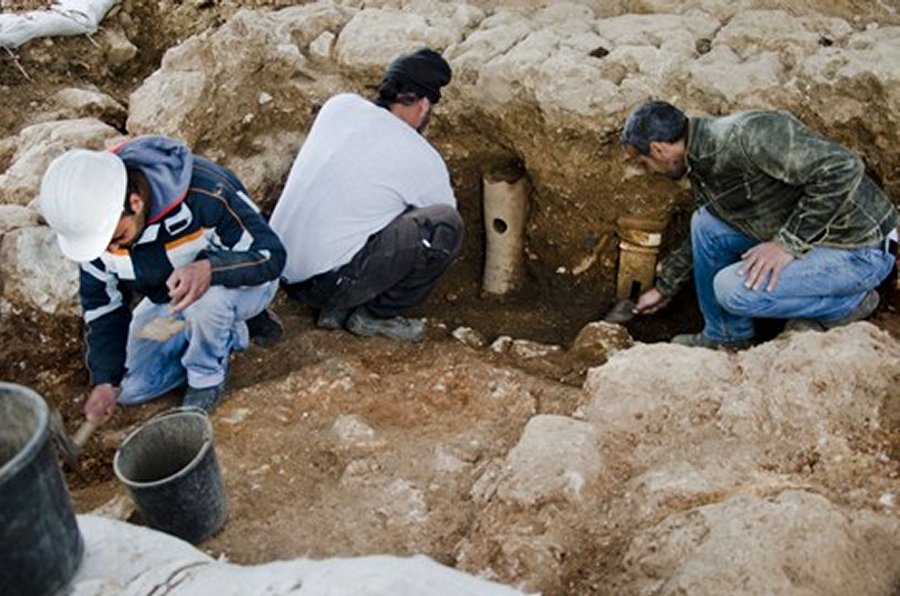
Evidence was unearthed next to the impressive winepress which indicates the presence of a bathhouse there. These finds included terra cotta pipes used to heat the bathhouse and several clay bricks, some of which were stamped with the name of the Tenth Roman Legion. This legion was one of four Roman legions that participated in the conquest of Jewish Jerusalem, and its units remained garrisoned in the city until c. 300 CE.
Among the Roman legion’s main centers was the one in the vicinity of Binyanei Ha-Uma, located just c. 800 meters from the current excavation, where a large pottery and brick production center was situated. The archaeologists suggest that the Schneller site, in the form of a manor house, constituted an auxiliary settlement to the main site that was previously exposed at Binyanei Ha-Uma.
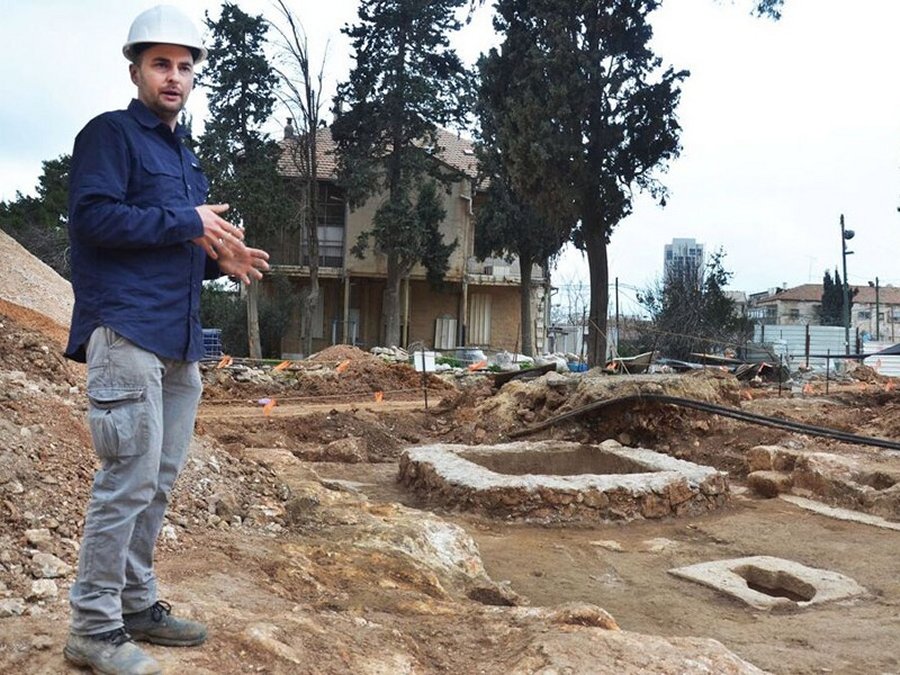
As was customary in the Roman world, here too in the Schneller Compound, a private bathhouse was incorporated in the plan of the estate.
The current archeological exposure is actually a continuation of the salvage excavations that were carried out at the site half a year ago when evidence was uncovered there of a Jewish settlement that dated to the Late Second Temple period.
“Once again, Jerusalem demonstrates that wherever one turns over a stone ancient artifacts will be found related to the city’s glorious past. The archaeological finds discovered here help paint a living, vibrant and dynamic picture of Jerusalem as it was in ancient times up until the modern era,” archaeologist Alex Wiegmann, excavation director on behalf of the Israel Antiquities Authority said.
MessageToEagle.com



